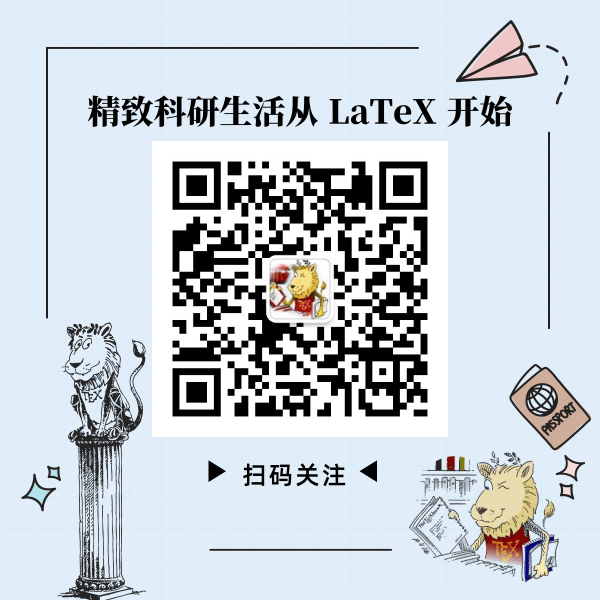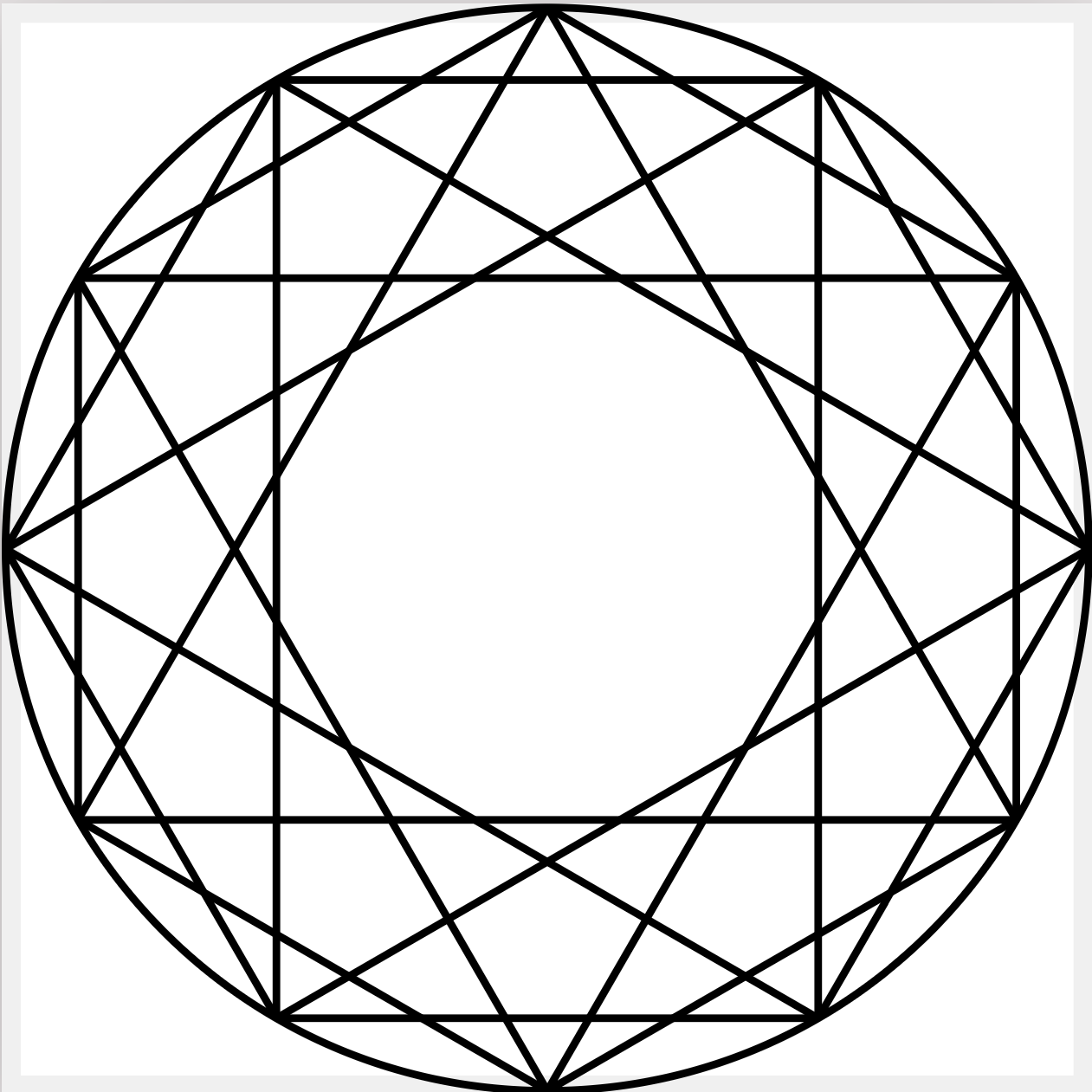LaTeX中\ref显示的计数器数值与其实际数值(点击链接后对应位置显示的数值)不对应是为什么?
选自:https://www.zhihu.com/question/552513350/answer/2667824611
我在使用网上找到的一个模板的时候出现了这样一个问题: 比如说我给自己的某一个定理设置的计数器是按照section计数的, 也就是说第一章第二节的第三个定理应该计数器的数值显示为1.2.3, 但是我在用ref实际援引这个计数器数值的时候却显示为1.2.1, 原因是这个定理我放在了第一章第二节第一小节(subsection), 在这一小节它是第一个定理. 所以最终的结果是我的定理环境编译出来显示的thetheorem的结果(1.2.3)和用ref{label}显示的结果(1.2.1)对不上. 这可能是因为设置了什么导致的?
具体地话, 是这样的:
这是某一个定理, 它对应的源码是:
\begin{theorem}[环的扩张定理]\label{thm:Ring2 3.3}
设$\hat S,R$是环, $\hat S\cap R=\varnothing$且存在一个环的单同态$\hat\phi:\hat S\hookrightarrow R$, 则存在环$S$和环同构$\phi:S\simeq R$使得$S$是$\hat S$的环扩张, 且$\phi|_{\hat S}=\hat\phi$.
\end{theorem}但是我在使用\ref{thm:Ring2 3.3}这个指令的时候显示的效果确是这样的:
变成了1.2.3







